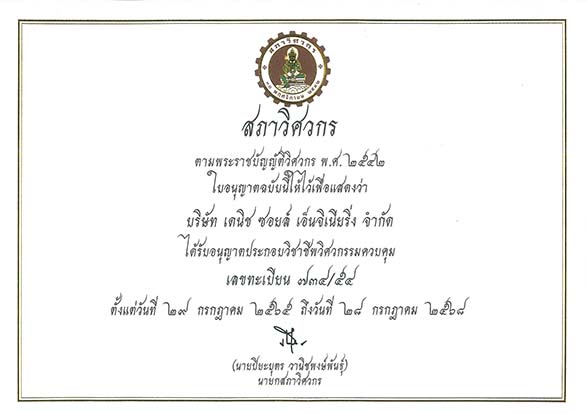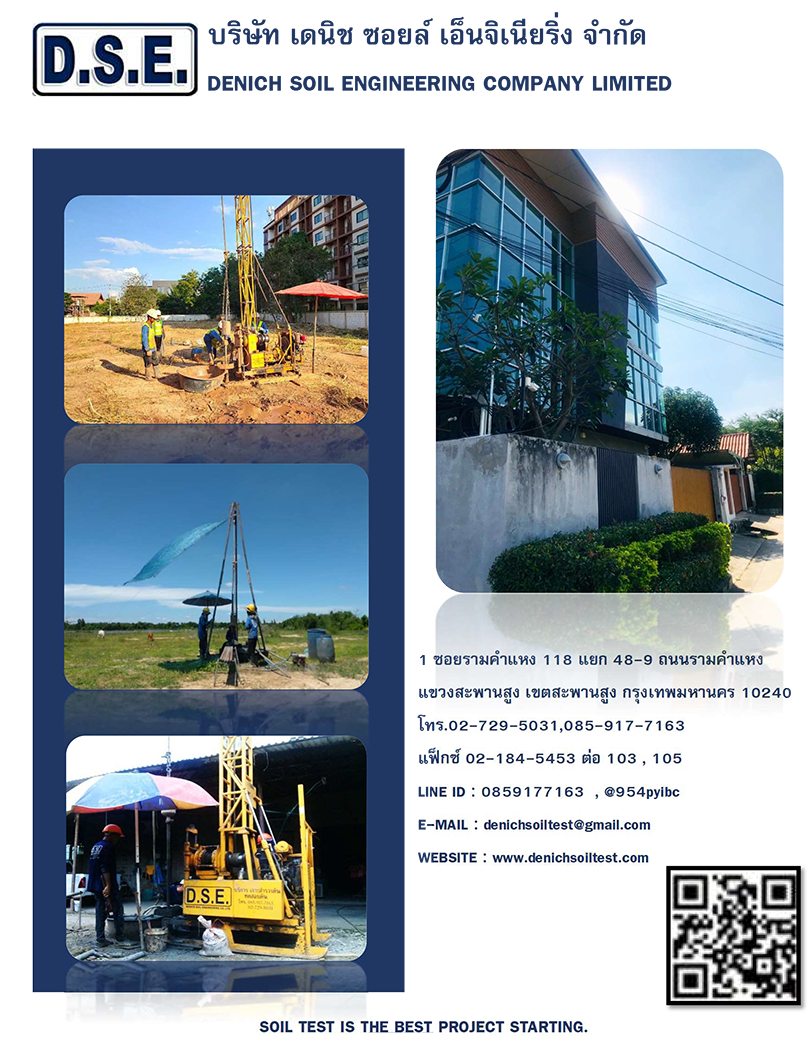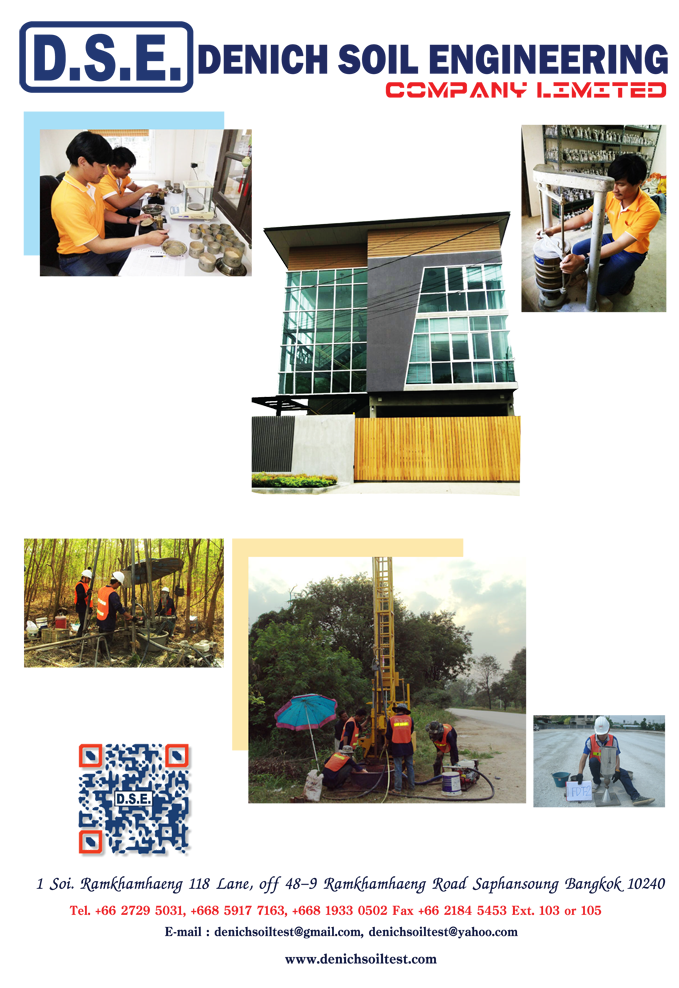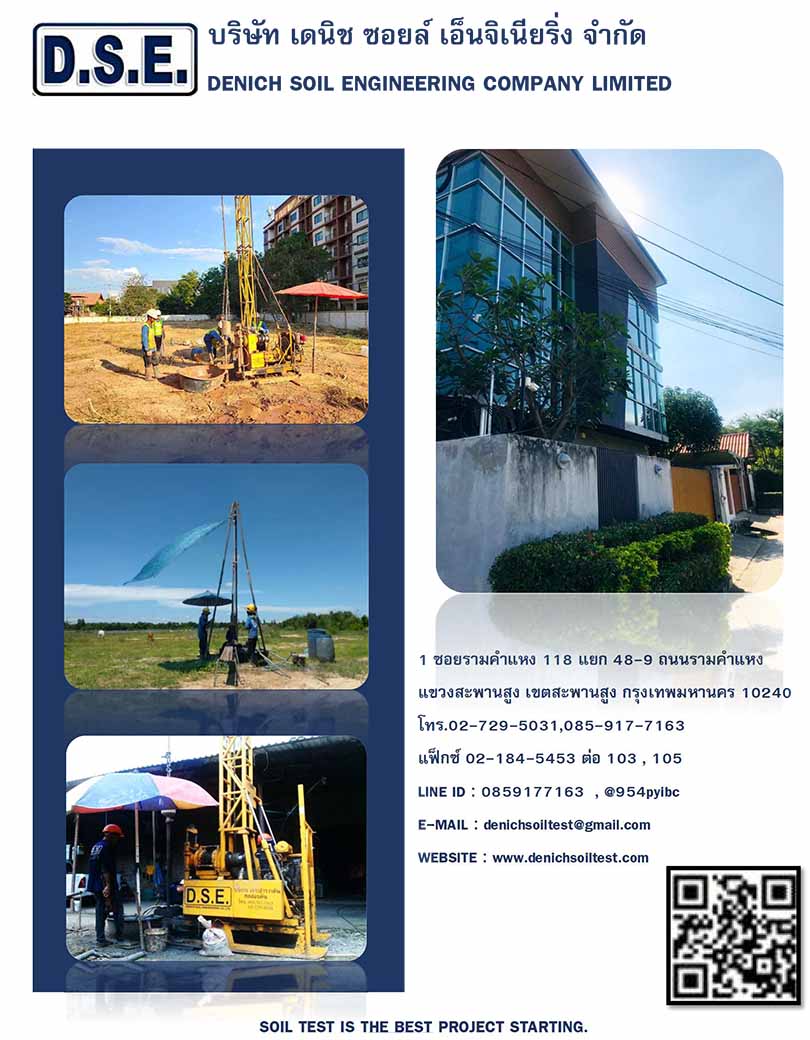Soil Boring with Wash Boring Method
Wash boring is a relatively old method of boring small-diameter exploratory holes in fine-grained cohesive and non-cohesive soils. It was widely used in the USA in the first half of this century, but has been largely replaced by power auger methods. It is still used in areas of the world where labour is relatively cheap, for example southern Brazil.
A very light tripod is erected, and a sheave is hung from it. In its simplest form there are no motorized winches and the drilling water is pumped either by hand, or by a small petrol-driven water pump. Hollow drilling rods are connected to the pump via a flexible hose, and the drilling crew lift the string of rods by hand, or using a ‘cathead’ (a continuously rotating steel drum, around which a manilla rope is wound).
Progress is made by jetting water out of a bit at the base of the rods. These are continuously turned using a tiller, whilst being surged up and down by the drilling crew. Cuttings of soil are carried up the hole by the drilling water (the ‘flush’) and emerge from a casing T-piece, being deposited in a sump. Routine identification of the ground conditions at the base of the hole is carried out by the driller placing his hand under the T-piece to collect a sample of cuttings.
Hvorslev (1949) commented that:
Drillers with adequate experience in washboring can determine changes in and estimate the general character of the soil with satisfactory accuracy, especially when both the drill rod and the pump are operated entirely by hand. On the other hand very serious mistakes may be made by inexperienced or careless drillers, who often fail to recognize changes in the character of the soil, do not clean the borehole properly. and take samples of the coarse segregated material settled at the bottom, instead of the undisturbed material below the bottom. The results of such errors are very misleading soil profiles which often indicate strata of coarse materials at depths where soft soils of low bearing capacity actually exist. The method should not be used above ground-water level when undisturbed samples are desired of the soil above this level, since the water will enter the soil below the bottom of the hole and change its water content.
SOURCE : www.geotechnique.info

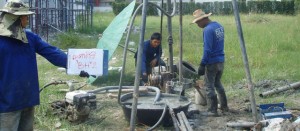
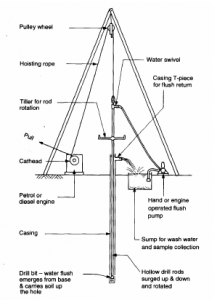
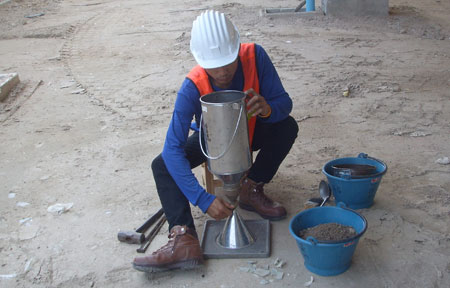 Previous Post
Previous Post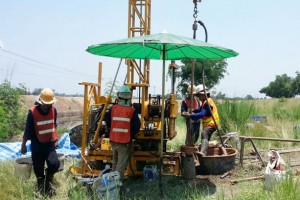 Next Post
Next Post